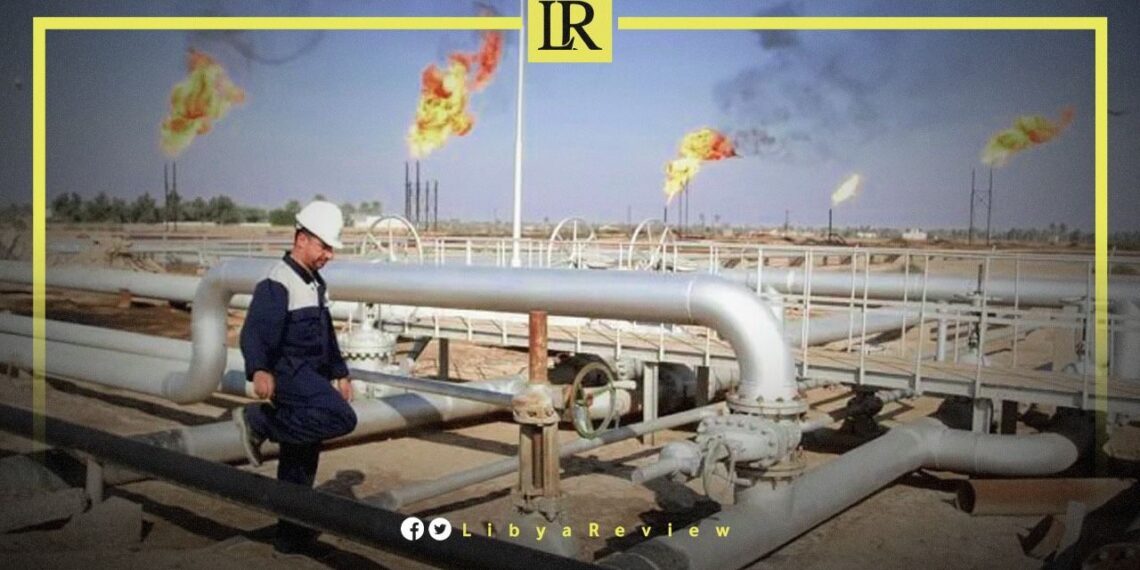On Monday, Libya’s National Oil Corporation (NOC) announced that daily oil production has surged to nearly 1.5 million barrels per day (bpd).
This growth marks a steady and strategic increase as Libyan oil and gas fields ramp up output, following the NOC’s comprehensive plan to enhance production across the country.
The NOC reported a combined production total of 1,364,438 barrels of crude oil and 208,000 barrels of oil equivalent in natural gas condensates. This upward trend reflects Libya’s continued recovery efforts, with oil production playing a vital role in the nation’s economic stabilization and growth.
Libya’s oil industry is the primary driver of its economy, contributing the majority of the government’s revenue and foreign exchange earnings.
However, ongoing political challenges, internal conflicts, and infrastructure vulnerabilities have heavily impacted oil production, leading to intermittent shutdowns and reduced capacity. The sector has faced frequent disruptions over the past decade due to security issues, blockades, and infrastructure damage.
Despite these challenges, the NOC has been working to bring production closer to pre-crisis levels. With the help of international partnerships and rehabilitation efforts, Libya’s oil industry has been steadily rebounding, showing resilience in the face of adversity. This recent production increase is a positive step toward achieving stability, allowing the NOC to contribute more significantly to Libya’s post-conflict recovery.
As the NOC progresses toward reaching a stable production level of 1.5 million bpd, this achievement will be essential for Libya’s economic revival.
Oil revenue is crucial to funding national development projects and public services, with steady growth helping to alleviate economic challenges and create job opportunities. Increased production also strengthens Libya’s role in the global oil market and within OPEC, especially as international energy demand remains high.
The NOC’s recent achievements are likely to encourage further investment in Libya’s oil infrastructure, potentially modernizing facilities and increasing output. As production continues to rise, Libya’s path to economic stability becomes clearer, offering the nation a foundation for sustainable growth and recovery.


